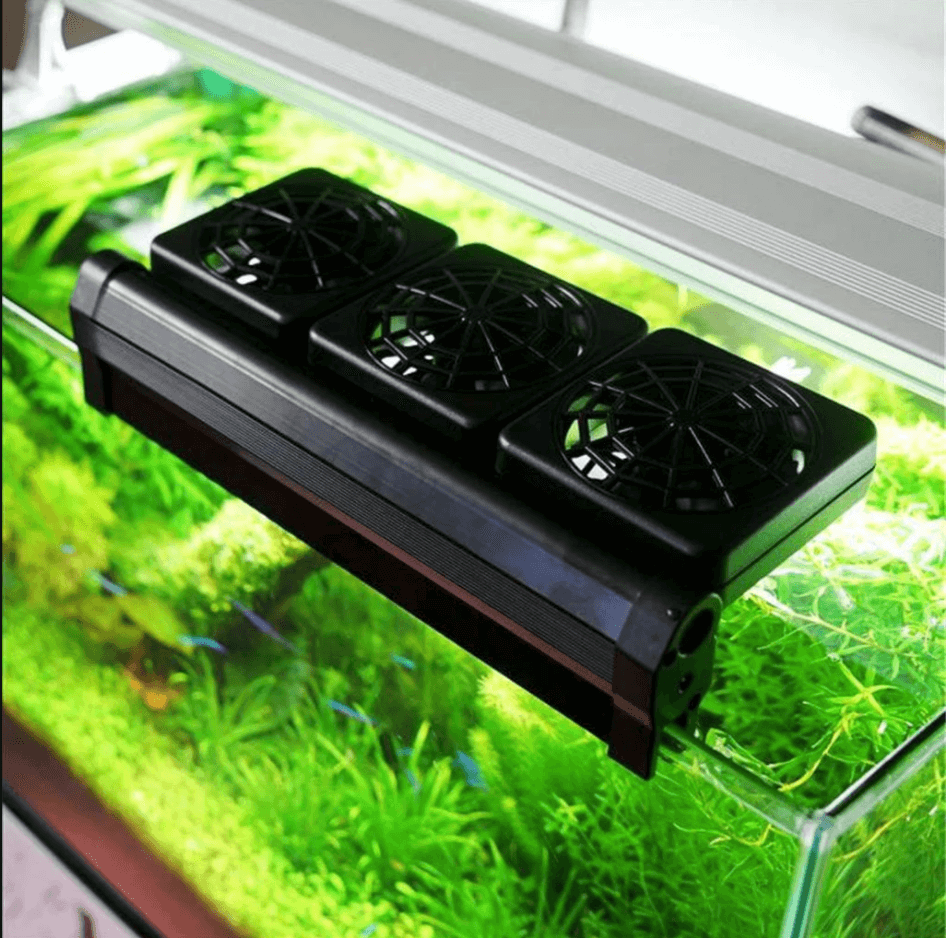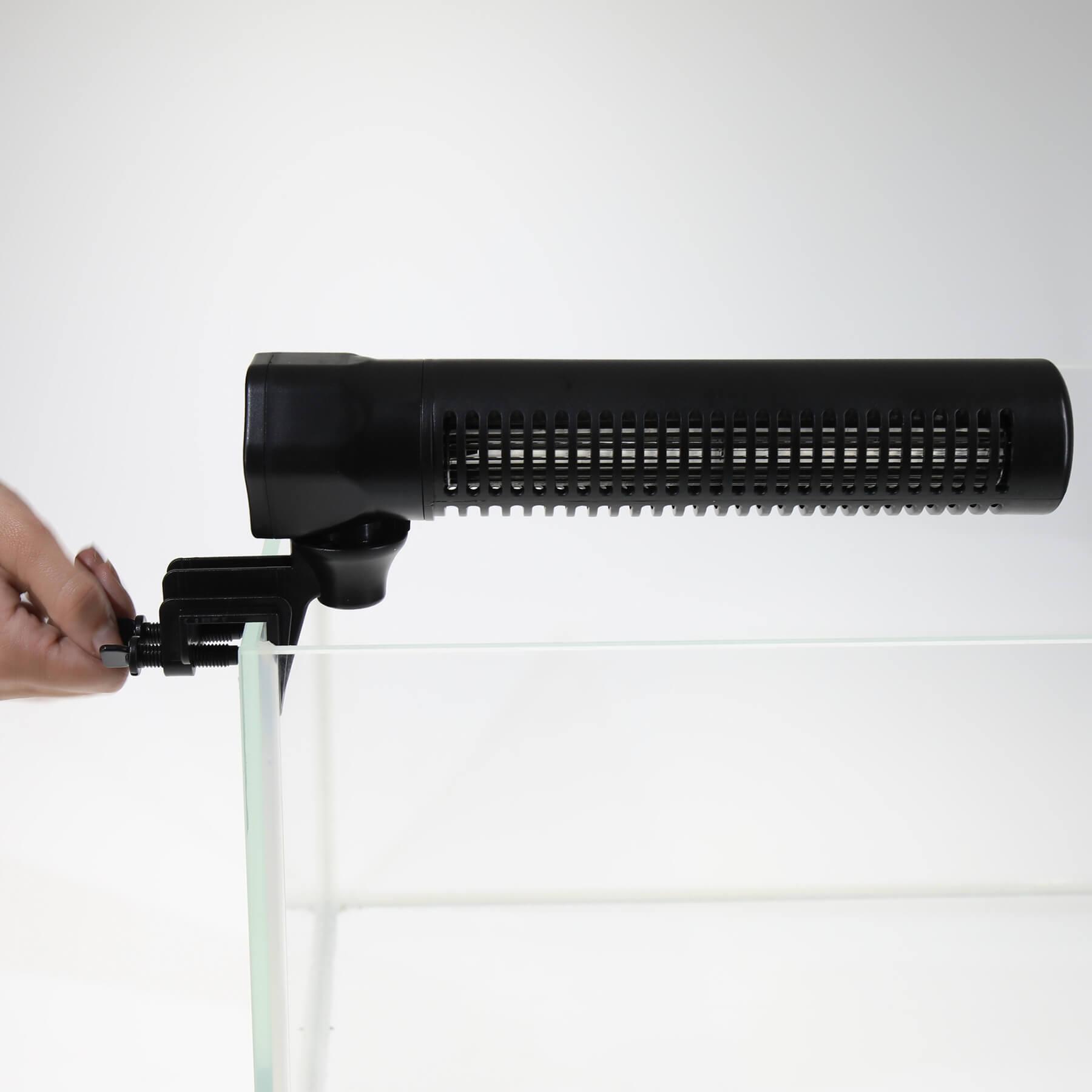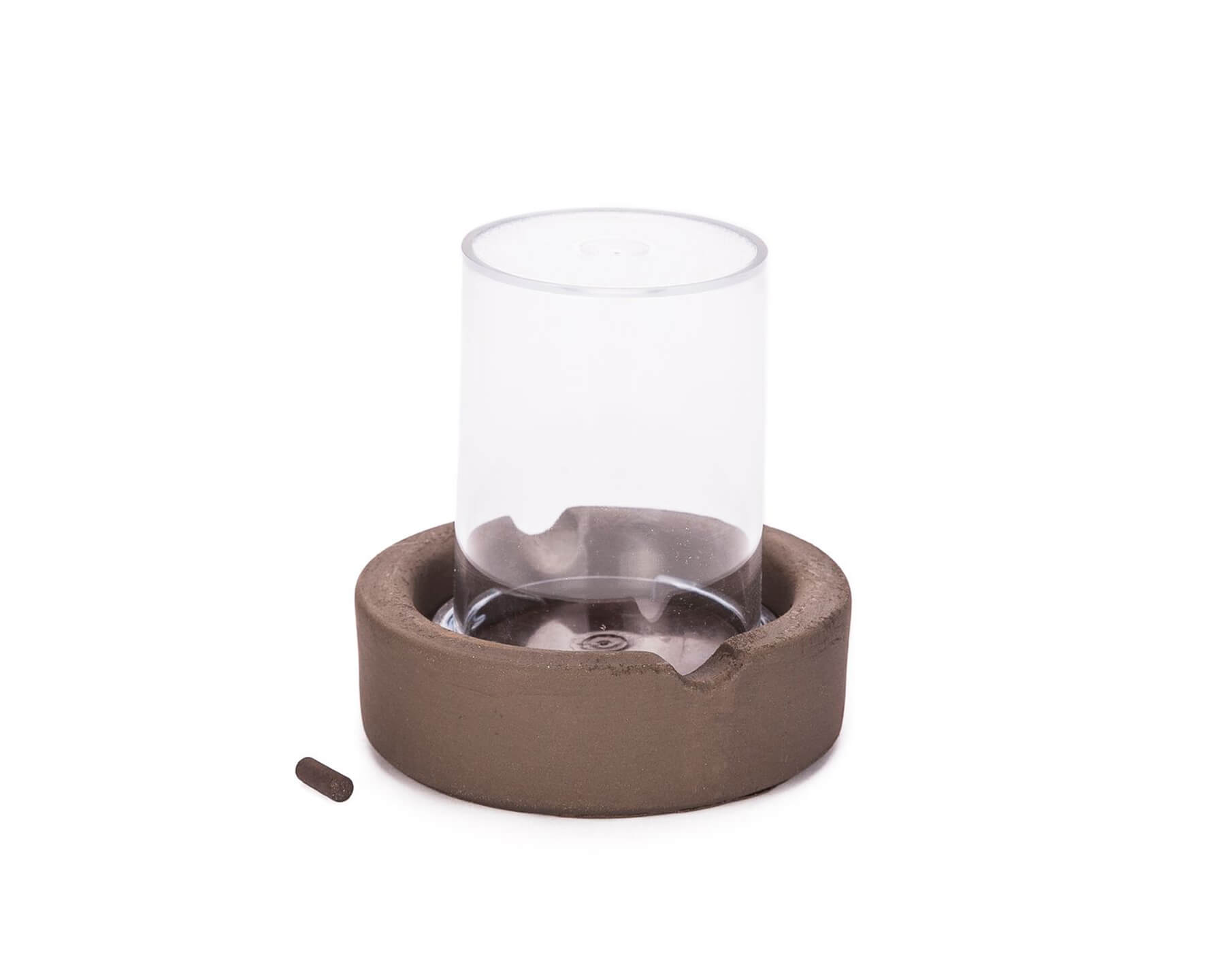Prevent overheating in the aquarium
Fish are warm-blooded animals whose body temperature depends on their environmental parameters, in this case the water. And if the water temperature is higher or lower than they prefer over a certain period of time, there is a more or less rapid risk of serious illness. Their metabolism is also directly linked to the environment, so metabolic diseases are a first indication of temperature problems in the aquarium. But not only fish can be harmed by too high temperatures, most invertebrates and plants also tend not to tolerate them well.
What happens in case of overheating?
Depending on the environmental parameters in the aquarium, the metabolic or energy requirements of fish change. Metabolic processes are chemical reactions that are, among other things, temperature-dependent. Therefore, if the temperature in the aquarium increases, the metabolic rate also accelerates. Even an increase from 10 °C to 20 °C can cause this to double in a resting fish. Thus, twice the energy is needed to maintain life in the resting state. Most importantly, the warmer the water, the lower the oxygen content, which can cause fish to quickly become oxygen starved. A clear sign of oxygen de privation is fish that swim across the water surface with their mouths open. Although fish are sometimes confronted with "temperature shocks" in their habitat, 48 hours pass before a body of water warms up drastically, during which the animals can seek out cooler areas. In the aquarium they do not have these possibilities, which is why we have to intervene manually.

Prophylaxis and temperature monitoring
In order to avoid that too high water temperatures become the doom of the aquarium inhabitants, they should be monitored continuously. Simple adhesive strips with temperature indicators are suitable for this purpose, but also glass bulbs that are attached to the inside of the aquarium pane with a suction cup. More modern are battery-operated displays with LCD display. They all permanently measure the temperature in the aquarium and provide the necessary information at a glance, so that timely action can be taken if necessary. In most cases, the average optimal temperature range is also marked so that deviations can be quickly detected. But here, too, it is important to take a more specific approach depending on the species and to meet their temperature requirements, even if they lie outside the specified "optimum zone", as these only indicate average values.
First measures to avoid overheating
If temperatures rise outside, it is helpful to keep the window closed in the room where the aquarium is located and also to keep the blinds down. In the early morning and late evening, when it has cooled down again outside, the room should be ventilated. Otherwise the heat may accumulate in the room and heat up the aquarium unnecessarily. Also the lighting - depending on the model - can (or should) be reduced if necessary.
Once the water temperature has become too high, it should be lowered again in a controlled manner. However, drastic water changes with ice-cold water are counterproductive and cause an additional stress factor for the possibly already ailing animals, which may have an effect on their physique. This makes them more susceptible to other diseases caused by bacteria or germs. Also permanent daily water changes to lower the temperature are not really advisable, since these also mean constant stress and would possibly eliminate the majority of beneficial microorganisms. First help can therefore already be a (clean) cold pack, which bobs on the water surface and corrects the water temperature somewhat downward.

Continuously supply aquarium water with oxygen
In addition to the increased temperature, the lack of oxygen is also a real danger for the aquarium inhabitants. It is therefore advisable to increase the oxygen content in the water, especially in summer. Gas exchange through the surface movement of the water plays a major role here and can be brought about quite easily with outflow stones. The filter outlet can also often be adjusted to increase water movement.
Technique-free, on the other hand, are so-called Oxydators. These are small glass vials filled with hydrogen peroxide and sealed with a special ceramic membrane. This produces activated oxygen, which diffuses perfectly in the water and can thus be better absorbed. Toxins are also effectively broken down, even algae can be reduced with it. It is a good idea to keep an oxydator in the water supply for emergencies.

Effectively lowering water temperature
Apart from this, flow-through coolers are also available in the trade, which cool the aquarium water and feed it back into the aquarium. However, these devices are usually somewhat more expensive to purchase and are more suitable for larger aquariums and saltwater tanks. So-called "coolers", on the other hand, function somewhat more simply. These are clip-on fans with cross fans that are simply placed on the edge of the tank. A temperature sensor, similar to the control heater, activates the fan, which then blows across the water surface. Warm water evaporates through the fan on the water surface, creating cold. A reduction of 2-4 °C is easily possible by the cooling fan. Oxygen is also reintroduced by the surface movement.
To bring the aquarium with its inhabitants safely through the summer is not so complicated as thought, if you react in time. With simple tricks and some technology, which is often purchased only once and then used seasonally, problems caused by heat can be avoided very well.
